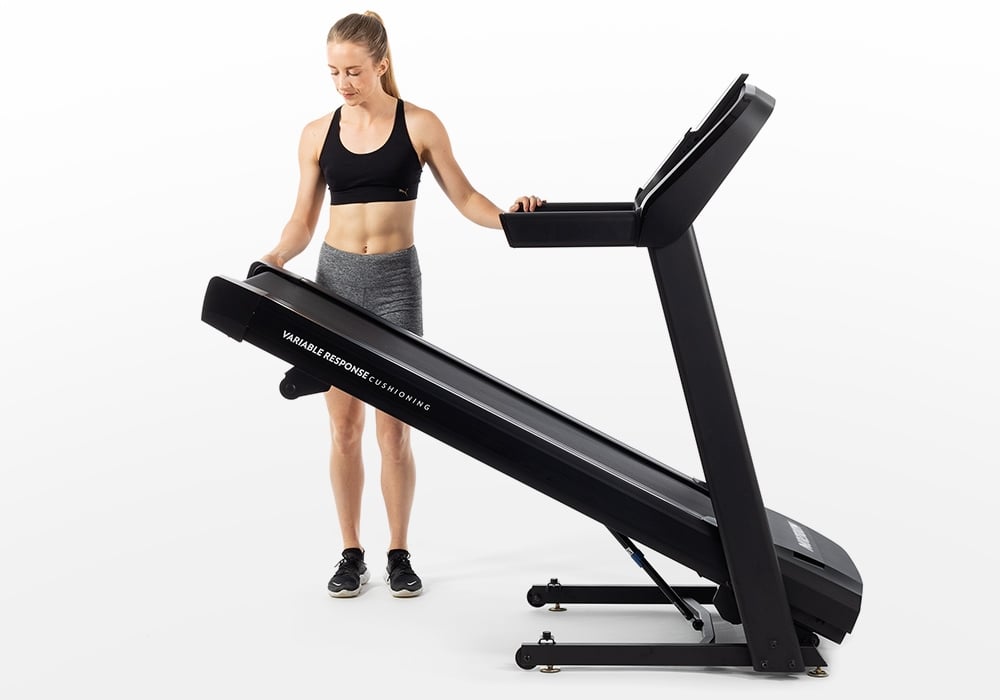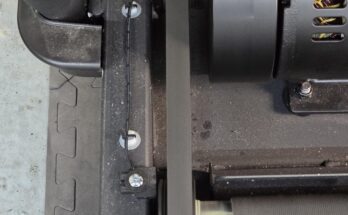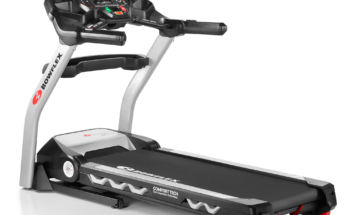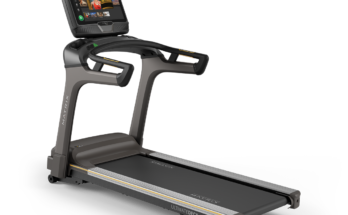To resolve a treadmill tripping a breaker issue, ensure your equipment is on a dedicated circuit. Regular maintenance and following manufacturer guidelines can prevent this common problem.
Embarking on a fitness journey with a treadmill at the comfort of your home can be exhilarating, yet facing electrical hiccups like a tripped breaker can dampen your momentum. Treadmill enthusiasts often overlook the importance of electrical requirements and maintenance which are crucial for uninterrupted workouts.
Navigating through the technicalities of power consumption and treadmill mechanics doesn’t just protect your machine but also elevates your workout experience. Mastering these aspects ensures that your path to achieving fitness goals is clear from avoidable obstacles. A treadmill operating efficiently not only encourages consistency in your exercise routine but also extends the machine’s lifespan, giving you the confidence to charge towards your goals without hesitation.
Treadmill Power Demands
Discovering the power requirements for your treadmill can prevent unwanted interruptions during your workout. Treadmills often have high energy needs. Let’s delve into the electrical specifications and understand how to manage power surges for uninterrupted fitness goals.
Electrical Specifications
- Voltage: Most treadmills require a standard 120-volt outlet.
- Amperage: They typically need between 15 to 20 amps.
- Circuit: A dedicated circuit is best to avoid tripping.
Always check the user manual for specific details for your model.
Power Surges And Treadmill Usage
Power surges can trip breakers and disrupt workouts. Equip your space with the right tools to ensure smooth operation.
| Surge Protection | Usage Tips |
|---|---|
| Surge Protector: | Use a high-quality surge protector for your treadmill. |
| Regular Inspections: | Check the cord and outlets for damage or wear. |

Credit: www.menshealth.com
Tripping Breakers: An Unwelcome Workout Pause
Tripping Breakers: An Unwelcome Workout Pause can halt the momentum of any diligent workout routine. It’s a common frustration when treadmills suddenly stop. This is often due to an electrical breaker tripping. Understanding why this occurs is crucial to prevent future workout disruptions.
Common Causes For Breaker Trips
Several factors might cause your treadmill to trip a breaker. Here’s a look at the primary culprits:
- Faulty wiring: Damaged or aged wires can result in short circuits.
- Power surges: Sudden electrical spikes disrupt current flow.
- Motor overload: Intense workouts can overwork treadmill motors.
- Ground faults: Occur when wiring short-circuits to the ground.
Identifying Overloaded Circuits
Recognizing an overloaded circuit can save your workout and equipment. Here’s what to watch for:
- Consistent tripping: Repeatedly tripped breakers signal overload.
- Warm outlets: Excess heat suggests excessive electrical demand.
- Dimming lights: Lights that dim when the treadmill operates indicate an issue.
- Sizzling sounds: Noises from outlets or panels are red flags.
Once identified, mitigating these issues is vital. Resolving them ensures a safe and interruption-free workout space. Efficient problem-solving promotes persistent progress toward fitness goals, despite initial setbacks.
Preventative Measures For Circuit Overload
Having a treadmill at home can lead to unexpected issues like circuit overload. But don’t worry! We can prevent that. Let’s explore how to keep your workouts running smooth without tripping your home’s electrical system.
Selecting The Right Circuit For Treadmills
Your treadmill needs the right home circuit. To avoid overloads, use a dedicated circuit. This means the treadmill is the only thing on that circuit. A dedicated 20-amp circuit works best for most treadmills.
- Check your treadmill’s voltage and amperage requirements.
- Ensure your electrical circuit can handle the load.
Tips To Reduce Treadmill Energy Consumption
Save energy, save money, and protect your circuit. Here’s how:
- Unplug your treadmill when it’s not in use.
- Use economy or energy-saving modes if available.
- Maintain your treadmill to keep it running efficiently.
- Consider a surge protector to safeguard against spikes.
Troubleshooting Treadmill Electrical Issues
Troubleshooting Treadmill Electrical Issues can often feel like a roadblock on your path to fitness. But don’t let a tripped breaker or power problem sideline your workout routine. With a few practical steps, you can diagnose and fix these electrical snags, ensuring your treadmill runs as smoothly as your stride.
Inspecting Your Treadmill’s Components
Before calling in the pros, take a close look at your treadmill’s parts:
- Power Cord: Check for damage or wear.
- Outlet: Make sure it can handle the treadmill’s voltage.
- Circuit Breaker: Look for tripped breakers or blown fuses in your home’s electrical panel.
- Reset Button: Some treadmills have a reset switch.
Ensure your treadmill is unplugged before inspecting its internal components. Look for loose wires or connections. Sediment or dust accumulation can also cause issues. Regular cleaning helps.
Diy Fixes Vs. Professional Repairs
Should you tackle the problem yourself or call for backup? Consider these points:
| DIY Fixes | Professional Repairs |
|---|---|
| Simple power cord replacements | Complex electrical wiring issues |
| Resetting circuit breakers | Repairing or replacing motor components |
| Cleaning out debris | Diagnosing intermittent electrical faults |
Always switch off and unplug your treadmill before attempting any DIY fix. If the issue seems beyond your scope, consult a professional. They can safely manage repairs without compromising your treadmill’s functionality.
Safety First: Practices To Avoid Electrical Hazards
Keeping fit is vital. But safety should always come first. Treadmills trip breakers occasionally. This is not only annoying. It can also be unsafe. To reach fitness goals without risks, understanding electrical safety is key. Let’s dive into practices that keep you and your equipment safe.
Routine Maintenance Checks
Regular maintenance keeps treadmills running smoothly. It also prevents electrical issues. Follow this checklist:
- Inspect power cords for damage. Look for frays or kinks.
- Test the emergency stop feature. This should work perfectly.
- Ensure the treadmill is properly grounded. A grounded plug has three prongs.
- Clear dust and debris. Dust can cause short circuits.
Operating Treadmills With Care
Use treadmills with attention to detail. Follow these steps:
- Plug the treadmill directly into the wall. Avoid using extension cords.
- Do not overload circuits. Plug only one high-wattage appliance into a single circuit.
- Wait for the treadmill to fully stop before stepping off.
- Monitor breaker capacity. Know what your home’s circuit can handle.
Remember, safety ensures longevity—both for you and your treadmill. Implement these tips for a secured and uninterrupted road to fitness.
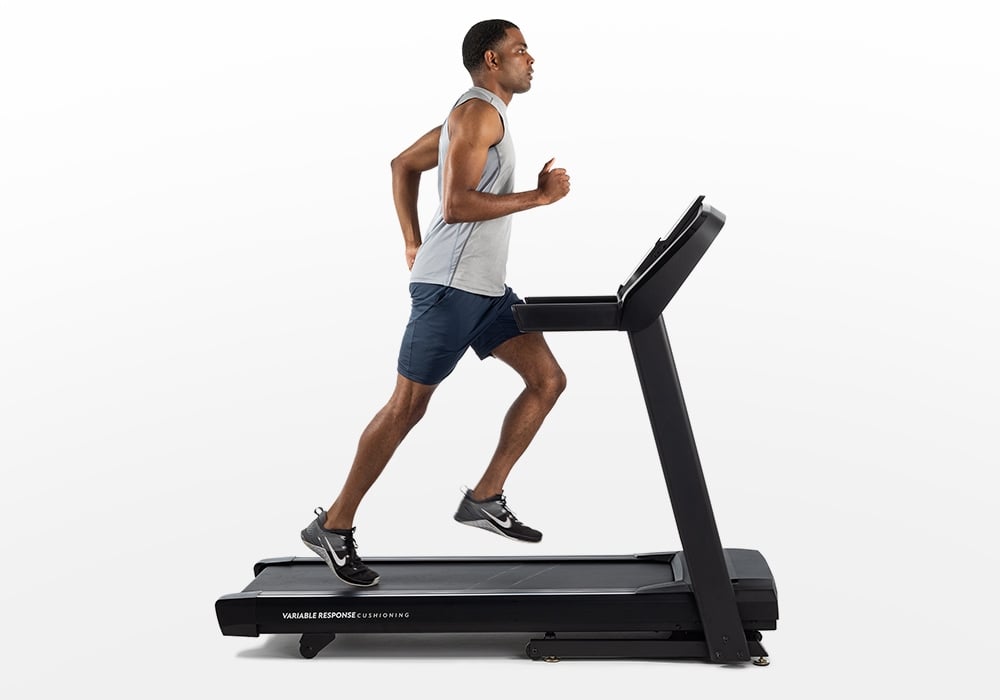
Credit: www.horizonfitness.com
Enhancing Your Workout Space For Optimal Performance
Creating an efficient workout space is vital for good performance. It’s not just about having gym equipment. It’s about smart design and reliable accessories. A well-planned workout space helps avoid common issues, like treadmill trips breaking the circuit. These tips will transform any workout area into a top-notch fitness zone. Let’s make exercise both safe and enjoyable!
Layout Strategies For Gym Equipment
Place gym gear with care. Space should flow well. Safety must come first. Use these steps:
- Measure your room. Know the size for a perfect fit.
- Leave space around machines. This helps prevent accidents.
- Put treadmills near outlets. No long cords needed.
- Group similar gear together. Create workout zones.
Use a sketch of your room to plan better.
Choosing Accessories For Electrical Stability
Treadmills need stable power. The right accessories make this easy. Follow these tips:
| Accessory | Function | Benefit |
|---|---|---|
| Surge Protector | Regulates Voltage | Prevents Trips |
| Dedicated Circuit | Separate Power Line | Reduces Overload |
| Voltage Monitor | Tracks Power Levels | Avoids Surges |
Consider professional help for the best setup. Keep your gear running smooth.

Credit: issuu.com
Frequently Asked Questions On Treadmill Trips Breaker Overcome Challenges To Reach Your Goals
Why Does My Treadmill Keep Tripping My Breaker?
Your treadmill may trip the breaker due to an overloaded circuit, a faulty motor, or electrical shorts within its components. Regular maintenance and a dedicated circuit can help prevent this issue.
How Do I Stop My Treadmill From Tripping Gfci Outlet?
Ensure your treadmill is on a dedicated circuit. Regularly check and tighten any loose wiring. Consider using a surge protector for extra safety. Avoid using extension cords, as they can cause tripping. Lastly, periodically inspect and reset your GFCI outlet as needed.
Does A Treadmill Need A Dedicated Circuit?
A treadmill typically requires a dedicated 15-20 amp circuit to prevent electrical overload and ensure safety during use.
Why Does My Treadmill Trip The Breaker?
Treadmills often trip breakers if they demand more power than the circuit can provide. This can happen due to overloaded circuits, faulty wiring, or a malfunctioning treadmill motor. Ensure your treadmill is connected to an appropriate outlet with a suitable power rating.
Conclusion
Wrapping up, tackling treadmill circuit breaker issues parallels achieving fitness goals. It requires patience, strategic action, and persistence. Remember, each challenge conquered is a stride towards success. Keep troubleshooting, stay determined, and enjoy the satisfying journey to peak physical health.
